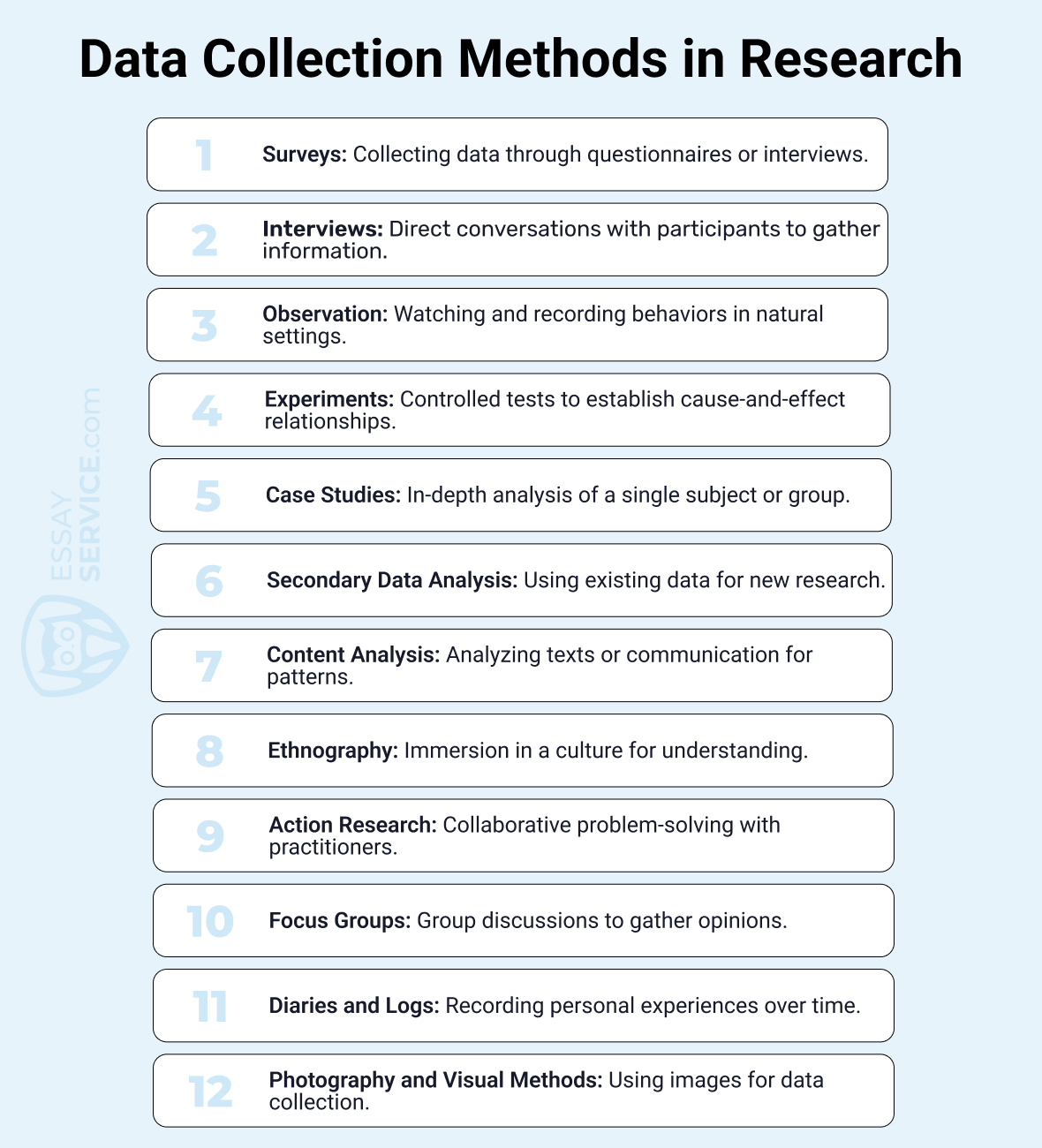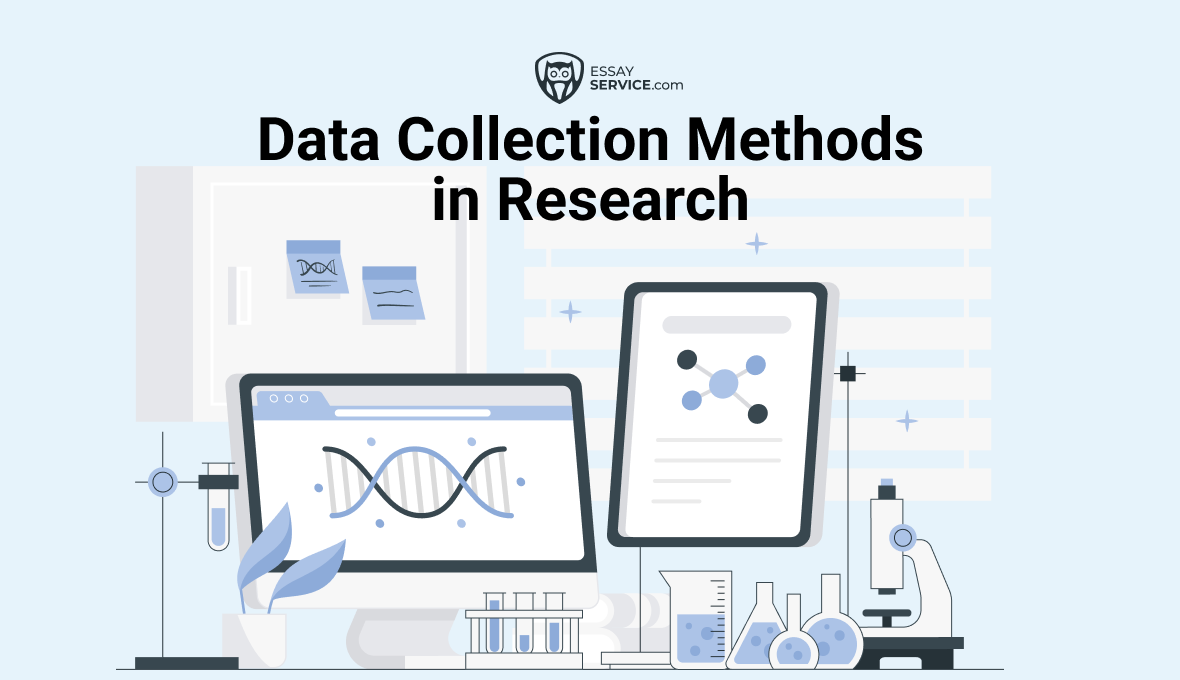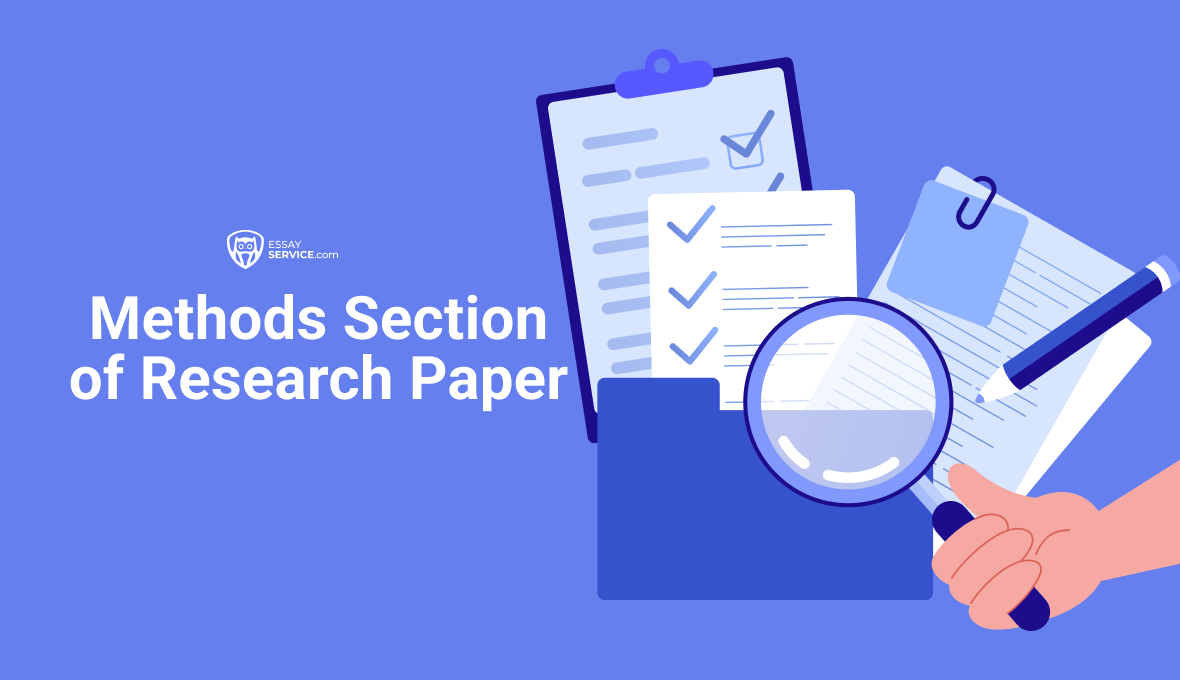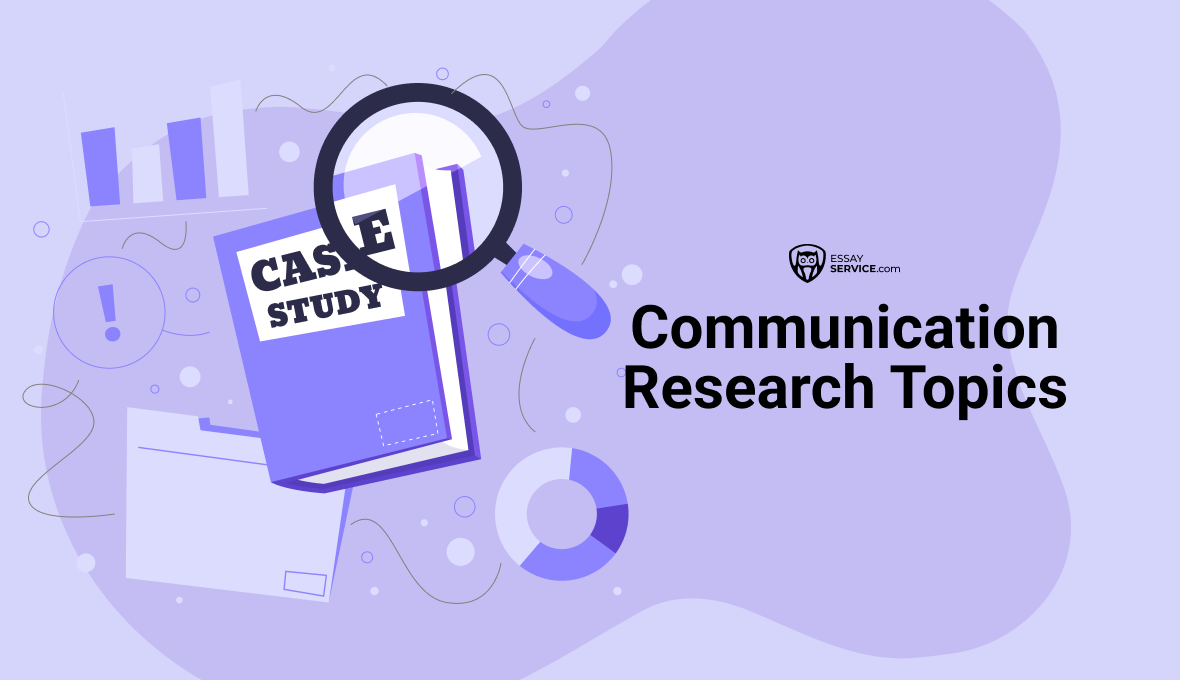Research is all about gathering information, and how we gather that information can make a huge difference in our learning. Whether it's surveys, interviews, experiments, or something else, every method has strengths and weaknesses. In this article, we'll look at how researchers analyze information, why they choose certain methods of data collection in research, and what it all means for the knowledge we gain.
What are Data Collection Methods?
Integrating qualitative and quantitative data in research collection methods is essential for comprehensively understanding phenomena. Qualitative data, encompassing non-numerical information such as attitudes, behaviors, and perceptions, are typically gathered through interviews, observations, and focus groups. On the other hand, quantitative data, characterized by numerical values, are obtained through methods such as surveys, experiments, and structured observations. By combining qualitative and quantitative data collection approaches, researchers can enrich their analyses, triangulate findings, and gain deeper insights into the complexities of the research topics under investigation.
Methods of data collection in research encompass diverse techniques tailored to gather information systematically and accurately. Surveys and questionnaires are popular tools, allowing researchers to elicit responses from a large sample of individuals regarding their opinions, behaviors, or experiences. These instruments can be administered through various mediums, including face-to-face interviews, phone calls, mail, or online platforms, providing flexibility in reaching diverse populations. Interviews offer a more in-depth exploration of participants' perspectives, enabling researchers to probe deeper into their thoughts and emotions. Whether conducted individually or in groups, interviews facilitate rich qualitative data collection, offering insights into complex phenomena that quantitative measures alone may not capture.
Observational methods involve systematically watching and recording behaviors, interactions, or events in natural or controlled settings. Researchers adopt a passive or active role in observation, depending on the study's objectives, and may use tools such as checklists or coding schemes to structure their observations systematically. Experiments, on the other hand, involve manipulating variables to assess their impact on outcomes of interest. By controlling the environment and randomizing participants into different groups, experiments allow researchers to establish cause-and-effect relationships, offering valuable insights into underlying mechanisms. These methods, alongside secondary data analysis, case studies, focus groups, and document analysis, constitute a diverse toolkit for collecting data and analyzing it across various disciplines and research contexts.
Have no Clue What Data Collection Methods to Use?
Let expert writers choose the right methods and produce an A-level paper!
Importance of Data Collection Methods
The data collection process plays a pivotal role in research, influencing the findings' quality, reliability, and validity. These methods are essential for several reasons.
- Quality of Findings
Effective data collection methods ensure the collection of accurate, reliable, and relevant information, leading to higher-quality research findings.
- Alignment with Objectives
Well-chosen data collection methods help researchers gather information directly addressing the research objectives, ensuring the study's relevance and usefulness.
- Meaningful Conclusions
Researchers can obtain comprehensive data sets by employing appropriate data collection techniques, enabling them to draw meaningful conclusions and insights from their research.
- Feasibility and Cost-effectiveness
Selecting suitable data collection methods considers resource availability, time constraints, and budget limitations, ensuring the research is conducted efficiently and within budget.
- Credibility and Trustworthiness
Transparent and systematic data collection methods enhance the credibility and trustworthiness of the research findings, demonstrating a rigorous approach to gathering evidence.
- Validity and Reliability
Rigorous data collection methods help ensure the validity and reliability of the research findings by minimizing errors, biases, and inaccuracies in the data collection process.
- Adaptability to Context
Different research contexts may require different data collection methods. Researchers must choose appropriate methods for the specific research context and population being studied.
- Ethical Considerations
Ethical data collection methods prioritize protecting participants' rights and confidentiality, adhering to ethical guidelines and standards set by research institutions and regulatory bodies.
- Integration of Perspectives
Employing a combination of data collection methods, such as qualitative and quantitative approaches, allows researchers to integrate diverse perspectives and obtain a more comprehensive understanding of the research topic.
- Continuous Improvement
Researchers can use insights from the data collection process to refine and improve their research methods, contributing to advancing knowledge in their respective fields.

Types of Data Collection Methods
Methods for data collecting in research are broadly classified into primary and secondary approaches. Primary data collection involves gathering new information directly from surveys, interviews, observations, or experiments. These methods allow researchers to collect data tailored to their research questions and objectives, providing firsthand insights into the phenomena under investigation. Conversely, secondary data collection involves utilizing existing data sources, such as literature reviews, databases, or archival records originally collected for other purposes.
Primary Data Collection Methods
Primary data collection methods involve gathering original data directly from the source without relying on pre-existing information. These methods typically entail direct interaction with participants or the environment under study, enabling researchers to collect data tailored to their specific research objectives.
Primary data collection techniques include surveys, interviews, observations, and experiments. Surveys involve systematically collecting information through structured questionnaires or interviews, while interviews allow for in-depth exploration of participants' perspectives and experiences. Observations entail systematically watching and recording behaviors, interactions, or phenomena in natural or controlled settings, providing firsthand insights into real-time events. Experiments involve manipulating variables to observe their effects on outcomes of interest in a controlled environment, allowing researchers to establish cause-and-effect relationships.
Quantitative Methods
Quantitative data collection methods involve gathering numerical data to quantify variables and analyze relationships statistically. These methods aim to measure and quantify specific aspects of phenomena, enabling researchers to draw conclusions based on numerical evidence.
Common quantitative data collection techniques include surveys, experiments, and structured observations:
- Surveys involve administering standardized questionnaires to a sample of participants, allowing researchers to collect data on attitudes, behaviors, and demographics.
- Experiments involve manipulating variables in a controlled setting to observe their effects on outcomes of interest, enabling researchers to establish causal relationships.
- Structured observations entail systematically recording predefined behaviors or events in natural or controlled environments, providing quantitative data on behaviors or phenomena of interest.
Additionally, quantitative data collection methods may involve analyzing existing numerical data sets obtained from sources such as government databases or organizational records. Quantitative data collection methods allow researchers to quantify and analyze data systematically, facilitating rigorous statistical analysis and inference drawing.
Qualitative Methods
Qualitative data collection methods involve gathering non-numerical data to explore attitudes, behaviors, perceptions, and experiences in-depth. These methods focus on understanding the meaning behind phenomena and are particularly useful for exploring complex social or human phenomena.
Common qualitative data collection techniques include interviews, observations, focus groups, content analysis, and polls.
- Interviews allow researchers to engage participants in open-ended discussions, providing rich insights into their thoughts, emotions, and experiences.
- Observations involve systematically watching and recording behaviors, interactions, or events in natural or controlled settings to understand social dynamics or cultural practices.
- Focus groups bring together a small group of participants to discuss a specific topic, encouraging interaction and uncovering diverse perspectives.
- Content analysis involves systematically analyzing texts, documents, or media to identify themes, patterns, or meanings.
- In polls, researchers administer structured questionnaires to a large sample of participants to gather their opinions, attitudes, or preferences on a particular topic.
- Techniques like the Delphi method involve iterative surveys or questionnaires administered to a panel of experts, aiming to achieve consensus on complex issues through a structured communication process.
Overall, qualitative methods offer researchers flexibility and depth in exploring subjective experiences and social contexts, complementing quantitative approaches to understand research phenomena comprehensively.
Data Collection Takes Too Much Time?
With our professional service, you can streamline the writing process 3x!
Secondary Data Collection Methods
Secondary data collection methods involve gathering information already collected, processed, and published by someone else. Here are some common methods used in the secondary data collection process:

- Literature Review
This involves reviewing existing literature, such as academic journals, books, conference proceedings, and reports, to gather relevant information on a particular topic.
- Surveys and Questionnaires
Accessing surveys and questionnaires conducted by other researchers or organizations can provide valuable data. Many organizations publish the results of their surveys and questionnaires in reports or on their websites.
- Government Sources
Government agencies often collect and publish data on various topics, such as demographics, economics, health, and education. Examples include census data, labor statistics, and crime reports.
- Academic Databases
Accessing academic databases like PubMed, JSTOR, or Google Scholar allows researchers to find peer-reviewed articles, dissertations, and conference papers that contain valuable data.
- Commercial Sources
Market research firms and companies often conduct surveys, market studies, and consumer behavior analyses, which they may publish in reports or make available for purchase.
- Online Databases
Numerous online databases compile data on various topics, such as statistics, finance, health, and social sciences. Examples include Statista, Data.gov, and the World Bank's data repository.
- Media Sources
Newspapers, magazines, and online news outlets often publish articles and reports containing data on current events, trends, and public opinion.
- Archival Research
Historical documents, manuscripts, and records housed in archives and libraries can provide valuable insights into past events, trends, and behaviors.
- Social Media Analysis
Analyzing data from social media platforms like Twitter, Facebook, and Instagram can provide insights into public opinion, sentiment, and behavior.
- Company Reports
Annual reports, financial statements, and sustainability reports companies publish can provide data on their performance, market trends, and corporate social responsibility initiatives.
When using secondary data, it's essential to critically evaluate the sources' reliability, validity, and relevance to ensure that the data is appropriate for the research or analysis being conducted.
You Might Also Like
New posts to your inbox!
Your submission has been received!



.png)

